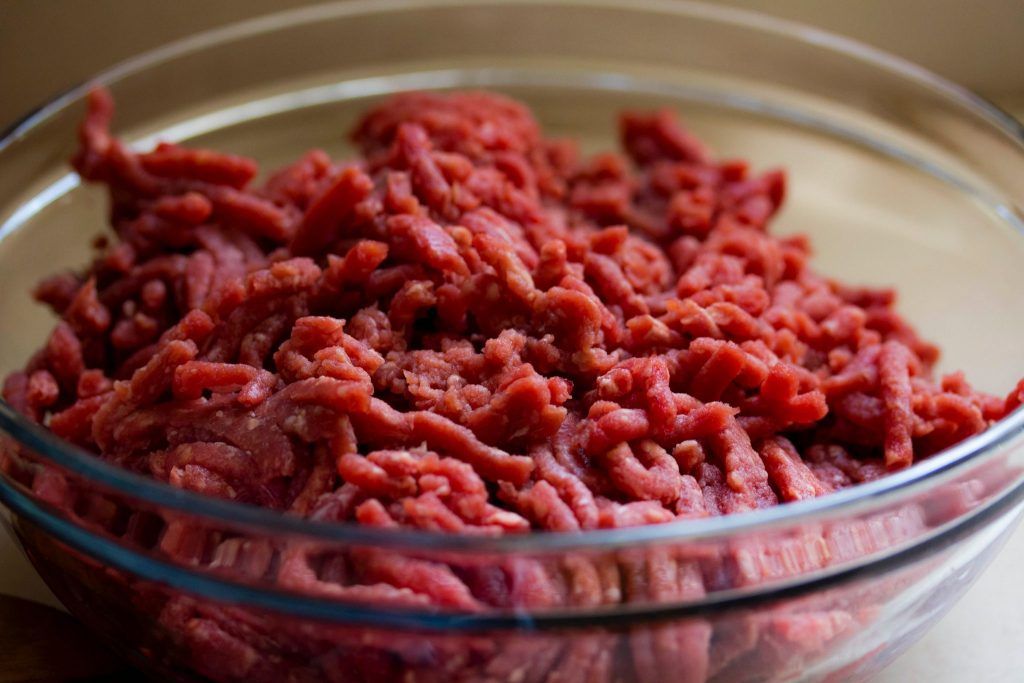But will they eat it?
By Elisabeth Eaves | September 11, 2018
 Can you tell?
Can you tell?
You can’t pick it up at your local butcher, try it in a restaurant, or order it via your digital personal assistant. Nevertheless, lab-grown meat is having a moment, inching its way into public consciousness through technological advances and a spate of media coverage. Currently it exists only in research labs and still costs thousands of dollars per pound to make, but it is getting ever-closer to our plates. As it does, debate has erupted over what to call it and whether people will eat it.
Late last month three authors—a law student, a physicist, and a research scientist—published a story in The Conversation on consumer attitudes to lab-grown meat; the piece also serves as a good overview of recent advances and claims by the industry. (Yes, there is a whole industry of venture-capital-funded lab-grown meat-makers out there.)
But wait. What is lab-grown meat? And what exactly is the point? The manufacturing process involves taking stem cells from a live adult animal and setting them in a nutrient-rich liquid, where they multiply. The resulting product looks and tastes like meat.
The reason for growing it in laboratories is that while the human appetite for meat looks pretty much unstoppable, current mass production methods—that is, growing and slaughtering billions of living, breathing, animals—come with downsides. They require vast amounts of land and energy, emit pollution and greenhouse gasses, and contribute to health problems for humans, among them antibiotic resistance and zoonotic diseases like avian influenza and salmonella.
As engineer Carolyn S. Mattick wrote in The Bulletin in January, lab-grown meat—a subset of the field known as cellular agriculture—offers no guarantee of environmental or health benefits. Producing food in labs is an industrial, energy-consuming process. But the new technology does provide opportunities for improvement. “If monitored and managed appropriately, cellular agriculture could allow humans to produce more food on less land than ever before while simultaneously mitigating other environmental problems,” Mattick wrote.
The Conversation authors indicate who the earliest adopters might be. Based on studies, they suggest that people under forty, people with incomes over $75,000, and those with college degrees are more likely to try lab-grown meat than other groups. How these daring diners will refer to it, though, is still up in the air. In July, Sarah Zhang at The Atlantic wrote about “the farcical battle” over what to call lab-grown meat. There is indeed an absurdity to the debate, which is driven by marketing concerns: Proponents are pushing for “clean meat,” while those whose livelihoods in the traditional meat industry are threatened want to call the newfangled invention “cultured tissue,” which sounds about as appetizing as hospital waste. “Cultured meat” and “in vitro meat” are also often used. (That’s without even getting into the separate debate over whether products that are entirely plant based, but designed to resemble meat—like Tofurky or “vegan sausage”—should be allowed to call themselves meat; Missouri recently banned anything not derived from actual livestock from using the label.)
This publication is sticking with “lab-grown meat” for now. The substance we’re talking about is, after all, grown from animal cells. And the modifier “lab-grown” is both accurate and more widely understandable than the scientific term “cultured” or the deliberately vague “clean.”
Publication Name: The Conversation
To read what we're reading, click here
Together, we make the world safer.
The Bulletin elevates expert voices above the noise. But as an independent nonprofit organization, our operations depend on the support of readers like you. Help us continue to deliver quality journalism that holds leaders accountable. Your support of our work at any level is important. In return, we promise our coverage will be understandable, influential, vigilant, solution-oriented, and fair-minded. Together we can make a difference.















Surely, with the way we are headed with pollution, land requirements etc lab- grown meat will eventually new to become more readily available than our current farm grown meat.
Bill Gates opened the debate by saying that rich countries should consume lab-grown meat to fight global warming. How is it made and what do nutritionists think about artificial meat? Everyone knows that Bill Gates is a man very committed to climate change from different angles. A few weeks ago, the American businessman, computer scientist, and philanthropist said that rich countries should only eat synthetic meat to fight global warming and limit greenhouse gas emissions.